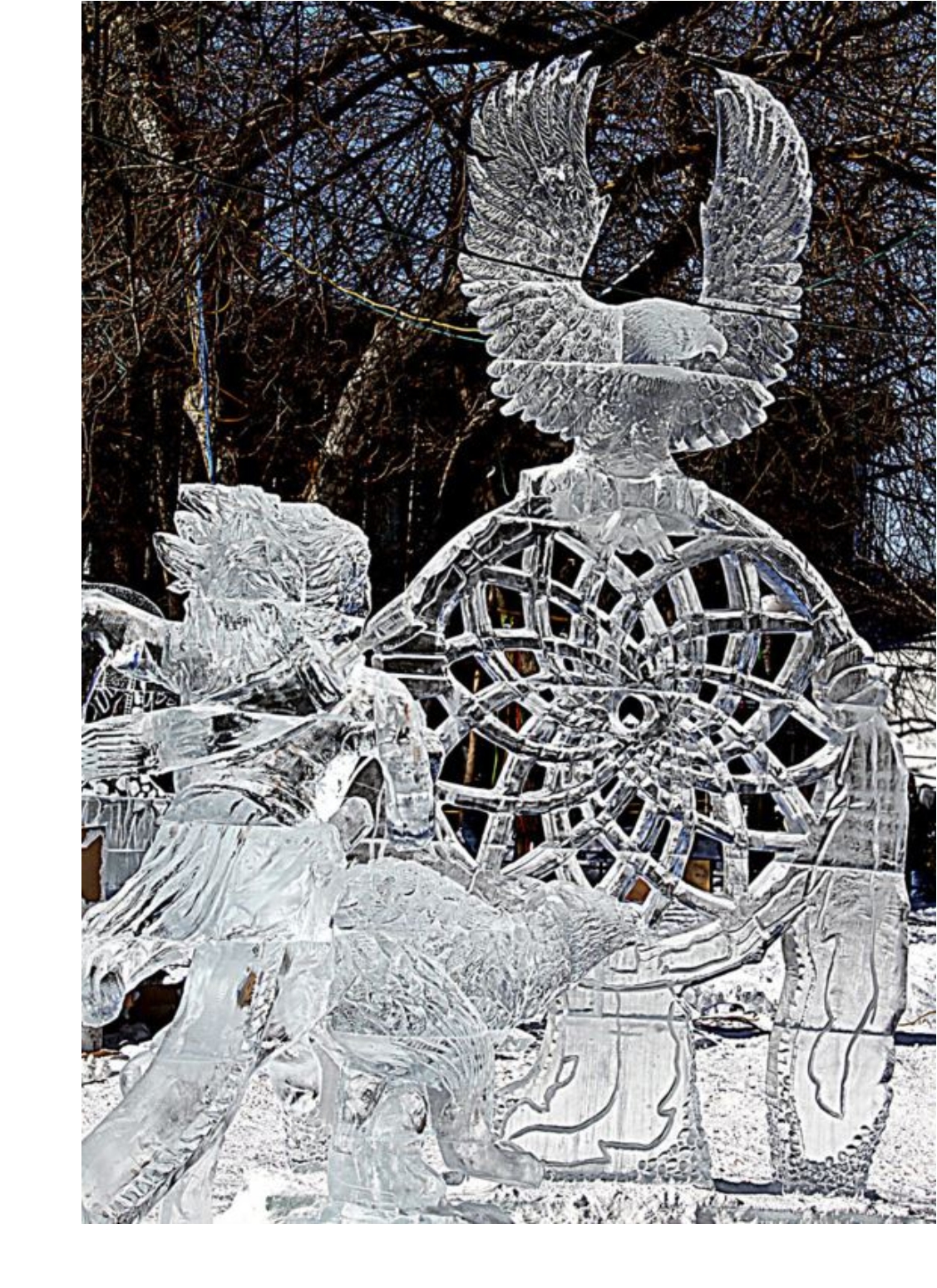
Go make ice.
Here in the frozen north (Minnesota), we love winter. We even celebrate it with a winter carnival (complete with giant ice castles, winter games, ice sculptures, ice royalty). Fun fact – the winter carnival got its start in 1886 after an eastern newspaper correspondent visited and reported that Minnesota was another Siberia, unfit for human habitation. Harrumph!
Unfortunately, for the cold-deficient remainder of the country, the frozen water for soft drinks and fresh fish display cases must be made with a combination of electricity, the refrigeration cycle, and liquid water. Often overlooked, ice machines offer some great energy and water efficiency opportunities.
It takes water to make ice?
Ice machines consume more water than what gets frozen into a cube (or flake or nugget). Perfect water efficiency would produce 100 lbs of ice using just under 12 gallons of water. But many ice machines consume 20, 30, or even 150 gallons of water per 100 lbs of ice. Ice machine rinse cycles, cube purging, and special freezing processes result in this high water use.[1]
Water cooled compressors also consume extra water. It’s getting harder to buy a new water-cooled ice maker (for instance only air cooled units can receive ENERGY STAR certification), but upgrading a water cooled unit can result in annual operating savings of about $1,500.[2]
Go big and run at night.
Ice machines produce ice whenever their supply runs low. Oversizing an ice machine isn’t a big concern, you just run low less often. Large machines are much more energy efficient than small machines (up to twice as efficient). So, buying the largest ice machine that will fit in the kitchen could result in lower energy bills. And the kitchen will never run out of ice (which is a thought that sends chills down the spines of bartenders).
Finally, take advantage of the extra capacity and make ice at night after the kitchen shuts down. Not only will this keep the ice machine running on off-peak rates, but it also keeps the rejected heat from the compressor from heating up the kitchen during peak cooking (and sweating) hours. Line cooks everywhere rejoice! Except in Minnesota, that extra heat in the kitchen comes in handy in the winter.




